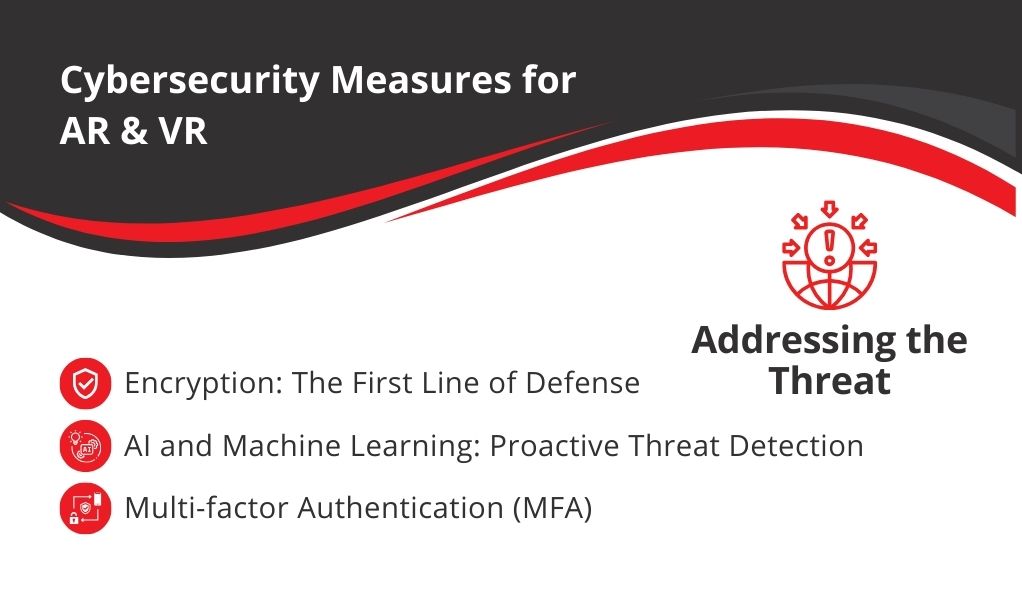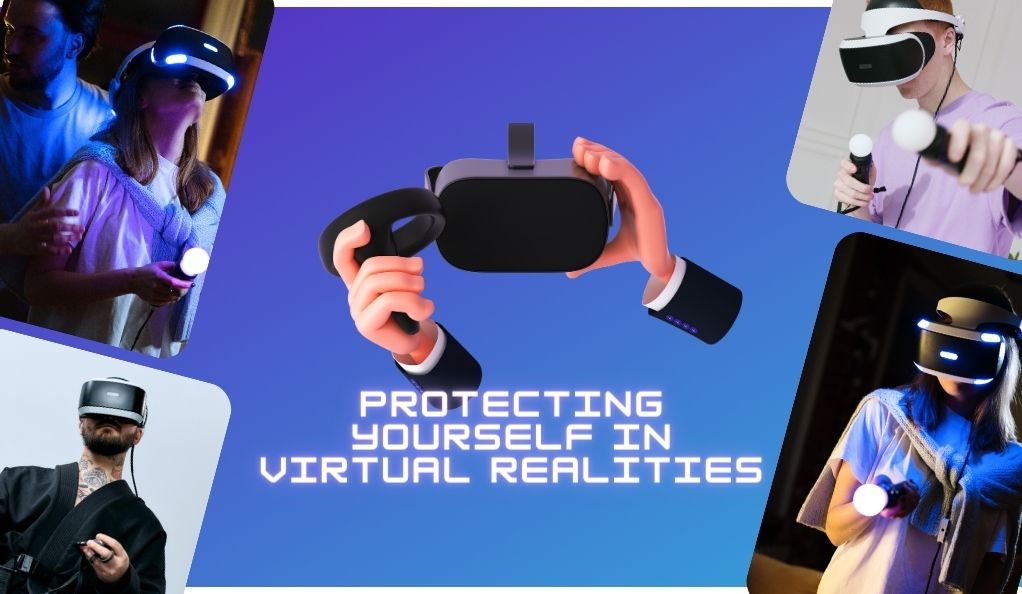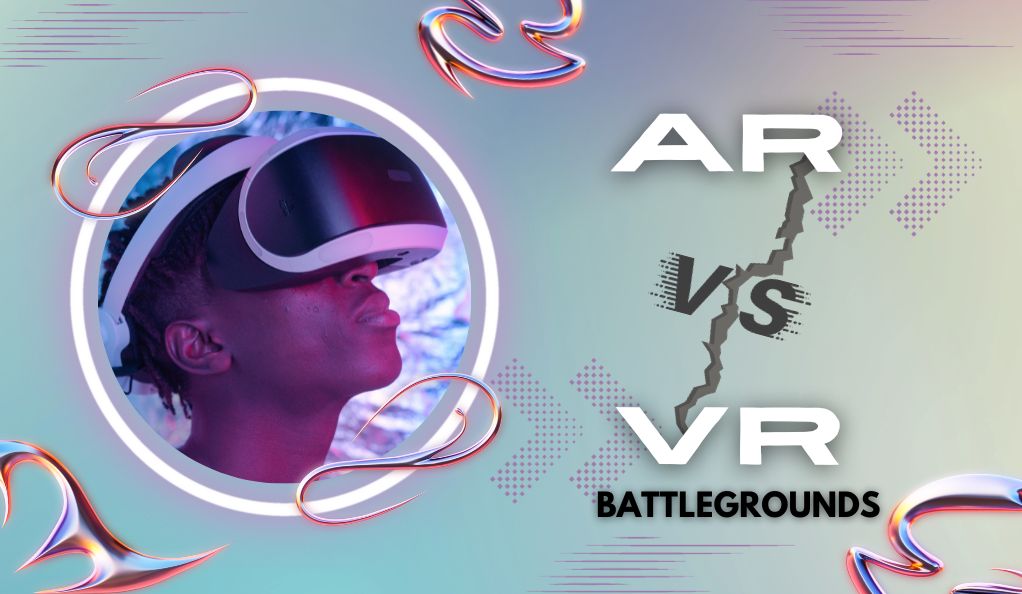In a world increasingly dominated by technological advances, augmented reality (AR) and virtual reality (VR) stand out as two of the most captivating and transformative innovations. As they blend our physical and digital experiences, these technologies not only reshape industries but also raise crucial questions about security. How do we secure virtual worlds? What happens if someone can manipulate your AR experience? Before diving into these pressing issues, let’s first understand the landscape of AR and VR.
A Glimpse into Augmented and Virtual Realities
At their core, AR and VR alter our perception of reality. While AR overlays digital information on the real world through devices like smartphones or AR glasses, VR immerses the user in a completely digital environment, typically using VR headsets.
Comparing AR and VR
| Feature | Augmented Reality (AR) | Virtual Reality (VR) |
|---|---|---|
| Definition | Overlays digital data on the real world | Immerses users in a fully digital environment |
| Devices | Smartphones, AR glasses, tablets | VR headsets, dedicated VR devices |
| Examples | Snapchat filters, Google Maps AR | Oculus Rift games, VRChat |
| Applications | Gaming, navigation, training, shopping | Gaming, simulations, virtual tourism |
The rise of these technologies is not just a fad. As per a report by Statista, the combined market for AR and VR is expected to reach over 160 billion USD by 2023. Such growth is driven by various sectors—gaming, healthcare, education, and real estate, to name a few. This rapid integration into everyday life underpins the urgent need for robust cybersecurity measures.
The Inevitable Intersection of Technology and Cybersecurity
With great technological power comes great responsibility—especially when it comes to safeguarding users’ data and experiences. As AR and VR solutions store and process vast amounts of personal and environmental data, they present tempting targets for cybercriminals. A hacked VR experience or a compromised AR application could lead to not just financial repercussions but also personal safety concerns.
The Growth and Promise of AR and VR

As we stand at the cusp of a technological revolution, AR and VR are increasingly becoming household names. From immersive gaming experiences to transformative educational tools, these technologies are reshaping the way we interact with the world and digital information.
The Expanding Realm of AR & VR
Several sectors have begun to harness the potential of AR and VR:
- Gaming: Titles like Pokémon Go and Beat Saber offer dynamic, immersive experiences that blur the lines between the real and virtual worlds.
- Healthcare: Surgeons can use VR simulations for training, and AR can assist in real-time surgeries by overlaying critical information.
- Education: Classrooms are transformed with VR field trips and AR-assisted learning, making subjects more engaging and interactive.
- Real Estate: Prospective buyers can take VR tours of properties or see AR visualizations of future development projects.
Economic Predictions: A Boom on the Horizon
The global appetite for AR and VR is evident in the skyrocketing investments. According to a report by PwC, AR and VR could add as much as $1.5 trillion to the global economy by 2030. These figures underscore the technological shift underway and hint at a future where AR and VR will be integral to many facets of our daily lives.
Challenges Alongside Opportunities
However, this rapid adoption doesn’t come without challenges. The more integrated these technologies become, the more vital it is to ensure they are secure. An AR shopping app, for instance, would have access to a user’s purchasing habits, personal preferences, and possibly even payment details. Similarly, a VR social platform might contain personal conversations, interactions, and shared media. The potential for breaches in these applications raises significant concerns.
Cybersecurity Implications of Immersive Technologies
The digital age has always been a double-edged sword: as our capabilities grow, so too do our vulnerabilities. AR and VR are no exceptions.
The New Face of Data Breaches
Traditional cybersecurity threats targeted personal and financial data. Now, with AR and VR, the stakes have shifted and expanded. A hacker could not only access sensitive data but also manipulate a user’s perception of reality. Imagine being in a VR meeting and seeing a colleague share confidential information, only to find out later it was a hacker’s manipulation.
Altering Realities: A Doorway to New Threats
The power to alter someone’s reality can have profound psychological impacts. Cyberattacks could:
- Display misleading information in AR apps.
- Create fake scenarios or avatars in VR.
- Induce fear or panic by altering VR environments.
Tangible Risks in the Intangible World
Beyond the digital realm, there’s a tangible risk too. If someone manipulated the AR data on a navigation app, it could lead a user to a dangerous location. Similarly, altering the instructions on an AR-assisted machinery repair could result in real-world accidents.
Real-life Incidents: AR & VR Security Breaches
The perils of AR and VR aren’t just theoretical. As these technologies gained traction, we’ve witnessed incidents that highlight their vulnerabilities.
Case Study: The VR Chatroom Incident
In early 2018, users of a popular VR chatroom reported a phenomenon termed “swarming.” Malicious users exploited the platform’s script to clone avatars and overwhelm individual users, causing not just virtual, but real-world distress. It underscored the urgency to establish stronger security and moderation tools in shared VR spaces.
The AR Mapping App Debacle
A widely-used AR mapping application became the target of a significant security breach where hackers altered the AR data to reroute users to specific commercial locations, turning virtual redirection into real-world foot traffic for these businesses. Not only was this a privacy concern but also raised questions about AR’s potential misuse for commercial gains.
Heightened Risk with Personal Data
Several AR applications, particularly in the realm of social media, access and store users’ facial data. In one incident, a database leak resulted in thousands of users’ facial data being exposed, highlighting the need for better data protection mechanisms in AR.
Addressing the Threat: Cybersecurity Measures for AR & VR

With an understanding of potential threats, attention must turn to prevention and protection. The dynamic nature of AR & VR demands multifaceted security solutions.
Encryption: The First Line of Defense
Encrypting data transmitted between devices and servers is critical. This ensures that even if data is intercepted, it remains unreadable without the decryption key.
AI and Machine Learning: Proactive Threat Detection
Given the vast amount of data processed by AR & VR applications, AI and machine learning can assist in identifying unusual patterns or behaviors, flagging potential threats before they become larger issues.
Multi-factor Authentication (MFA)
MFA ensures that users accessing AR & VR platforms can verify their identity through multiple means – something they know (password), something they have (a device or token), or something they are (biometric verification
The Industry’s Role: Building Safer AR & VR Environments
For AR and VR to flourish, developers and companies must prioritize user safety and data integrity.
Developing with Security in Mind
Rather than treating security as an afterthought, it should be an integral part of the development process. Secure coding practices can prevent many potential vulnerabilities.
Collaborative Efforts for Standardized Security
Given the nascent stage of AR & VR, tech companies can collaborate to establish standard security protocols, ensuring consistent protection across platforms and applications.
Regulatory Oversight and Government Intervention
As with any major technological advancement, there’s a role for regulatory bodies. Governments can help by setting guidelines for data protection, user privacy, and application integrity in the AR & VR domains.
Consumer’s Guide: Protecting Yourself in Virtual Realities

As AR and VR technologies permeate our lives, it’s crucial for users to be proactive about their own safety and privacy in these immersive environments.
Stay Updated
- Software Patches: Developers often release patches to address security vulnerabilities. Always keep your AR & VR applications updated to benefit from these protective measures.
- Hardware Upgrades: Older devices might not support the latest security protocols. Periodically review and consider upgrading your hardware to maintain a secure experience.
Awareness is Key
- Permissions: Just like with smartphone apps, be cautious of what permissions AR & VR apps request. Does a gaming app really need access to your contacts?
- Be Skeptical of Free Apps: Free applications might have hidden costs in terms of security compromises or data collection. Research before downloading.
Secure Your Environment
- Use a VPN: Virtual Private Networks can encrypt your data, offering an added layer of protection against potential eavesdroppers.
- Avoid Public Wi-Fi: When using AR applications in public, especially ones that require data transmission, steer clear of public Wi-Fi networks which are often less secure.
Educate and Advocate
- Community Vigilance: Join forums or user groups related to your AR & VR devices. These communities often share insights, warnings, and tips about potential security threats.
- Feedback Loop: If you encounter a security issue, report it to the developers or appropriate platform. Your feedback is invaluable in creating a safer environment for all.
Conclusion
As we usher in an era dominated by augmented and virtual realities, we are greeted with both unparalleled opportunities and unprecedented challenges. The intertwining of our tangible world with the virtual domain presents scenarios once limited to science fiction, amplifying both the wonders and cybersecurity threats of AR and VR. The immersive nature of these technologies, coupled with the potential for real-world consequences stemming from virtual actions, makes this a unique cybersecurity battleground.
However, history has consistently shown our resilience and adaptability in the face of technological challenges. As AR and VR continue to evolve, so will our strategies to safeguard them. Through collaborative efforts among tech industry leaders, proactive government regulations, and informed consumers, we can navigate this intricate landscape, ensuring that these innovations not only enhance our experiences but do so securely and responsibly.








